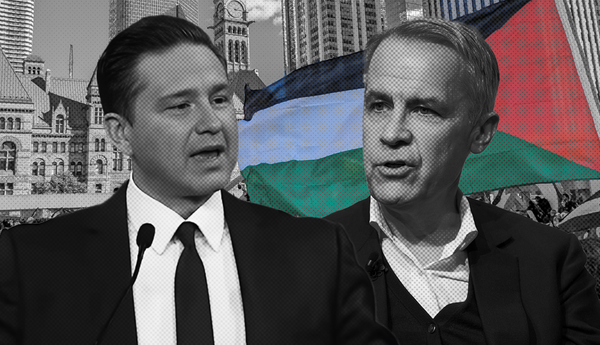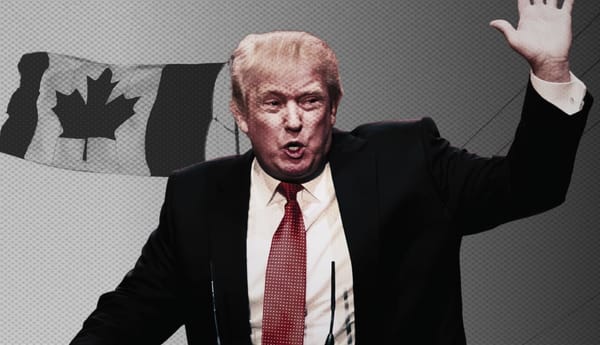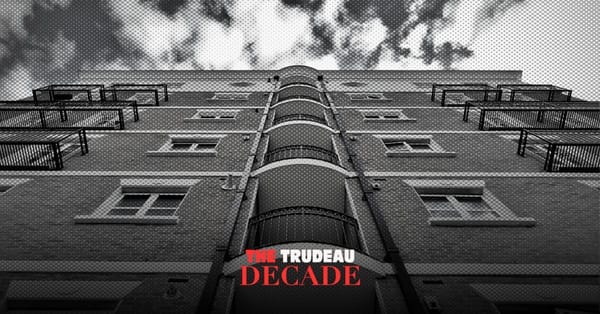Most people agree that the government has needed to take measures throughout this pandemic to contain COVID-19. No one agrees that all of these measures should be permanent, nor is anyone proposing that they be. Instead, most of us understand that measures should be determined based on how effective they’ll be at protecting us from COVID-19, and implemented after an analysis of the data (such as number of cases, hospitalizations, ICU admissions, test positivity rate, deaths, etc.)
As such, it hasn’t come as a surprise that governments throughout Canada implemented and then removed measures at various points in this pandemic. This doesn’t mean those measures were useless, but rather that they were most useful under certain circumstances.
To be clear, I don’t think governments ever made these decisions free of interference from business interests and other regressive forces, and I’ve absolutely disagreed with many of them. Yet despite these flaws, I’ve typically felt that there has been at least some pretence of an assessment of the data from those in charge. After all, two people can look at the same set of data and come to different conclusions about what to do.
This latest round of restriction removals throughout the country, however, has been something else completely. I’ll set aside whether they were reasonable responses to the data available at the time, as governments being too hasty in cutting back on restrictions or too slow in reimplementing them is certainly nothing new. What really sticks out as novel is the extent of these removals (almost every province completely demolishing any COVID-19 public health measures) and the fact that they’re being presented as the end of the pandemic.
In the past when restrictions were cut back, those in power would often present their decisions as based on data, and liable to be reversed should (and likely when) the situation changed. In this case, the decisions are being portrayed as final. This isn’t merely a break from COVID-19 measures — it’s an end to them.
For example, on February 8, the Premier of Quebec, François Legault, said, “I’m fed up. We’re all fed up. […] We will have to learn to live with the virus.”
On February 15, the Premier of Ontario, Doug Ford, told reporters, “We’ve got to learn to live with this and get on with our lives. I bet if I asked every single person in this room, ‘Do you want these damn masks or do you want them off?’ They want them off. They want to get back to normal.” He added, “Everyone’s done with this. Like we are done with it. Let’s start moving on, and cautiously, and, you know, we’ve followed the rules — all of us, like 90 per cent of us — for over two years. The world’s done with it, so let’s just move forward.”
On March 1, the Premier of Alberta, Jason Kenney, said, “We have two choices here. We can either say we’re going to spend the rest of our lives in fear, waiting for a much more virulent mutation of COVID-19, or we can say with widespread population protection, we are determined to get on with our lives and that’s what Alberta’s choosing to do.”
The examples go on.
These announcements will pose a serious problem when the next wave hits, which, if we look to Asia and Europe as indicators, it will. As of February 14, Hong Kong had recorded around 52,000 cases and 221 deaths throughout the course of the pandemic. On March 14, those numbers skyrocketed to a total of more than 730,000 cases and 4,200 deaths. In South Korea over this same time period, cases and deaths went from 1.4 million and 7,100 to 6.8 million and 10,500, respectively. Yesterday, South Korea (population: 51 million) recorded another 624,000 cases, shattering previous records. Denmark (population: 5.8 million), meanwhile, has recorded at least another 1.1 million cases and 1,420 deaths since it dropped all COVID-19 restrictions on February 1.
When that time in Canada comes, there will be two possible scenarios.
First, our leaders could stick to their statements about the pandemic being over, and actually refuse to reimplement any measures to blunt the spread and impact of COVID-19. If that’s the case, we’ll be faced with a devastating sixth wave, and who knows how many after.
Second, these leaders could go back on their words, and reimplement some measures. This would be the better option, but it could be a deeply unpopular one because of their announcements that the pandemic was over. This may mean that getting people to comply with needed measures will be more difficult.
With this in mind, the idea of recent public health removals being part of an effort to “live with COVID-19” is bizarre. We have been learning to live with COVID-19 for the past couple of years, and have made real progress on that front. Deciding to put on a mask in an indoor public place is learning to live with COVID-19. Taking precautionary measures if you have symptoms is learning to live with COVID-19. Getting vaccinated when possible is learning to live with COVID-19.
What premiers are asking us to do isn’t a continuation of that effort. Instead, they’re asking us to learn to accept others dying from COVID-19. They want COVID-19 deaths to be completely normalized and ignored, to the point that some provinces are now only releasing numbers once per week. Our leaders aren’t taking any steps to make the reality of continuing to live with COVID-19 circulating easier. Instead, they’re demanding that we just pretend it isn’t there, because they’re tired of pretending to give a fuck.
Don’t give in to their demands, though, because while we may be done with COVID-19, it isn’t done with us. Stay safe. We’re on our own now.







